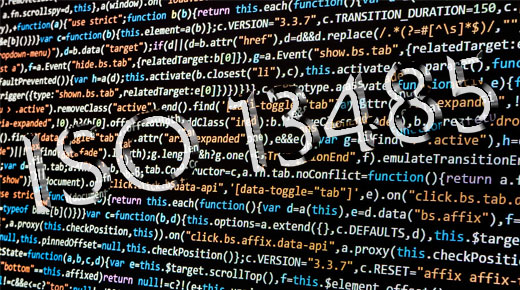Validation of computer systems is a legal requirement within a number of life science industries,
including ISO 13485
With ISO 13485:2016—“Medical devices—Quality management systems—Requirements for regulatory purposes” published and being implemented, many medical device customers are experiencing some uncertainty about the effect that one of the standard’s key changes might have on their business: computer software validation.
|
ADVERTISEMENT |
Software validation can be an ambiguous subject within the medical device industry, and questions are arising around the associated regulatory and operational obligations for medical device companies following the updated ISO standard.
Here, I address some of the direct questions I am seeing from clients in the medical device industry and hopefully will clarify how software providers, such as ourselves at Ideagen, can support medical device organizations with their transition to ISO 13485:2016 and their validation requirements.
…

Add new comment